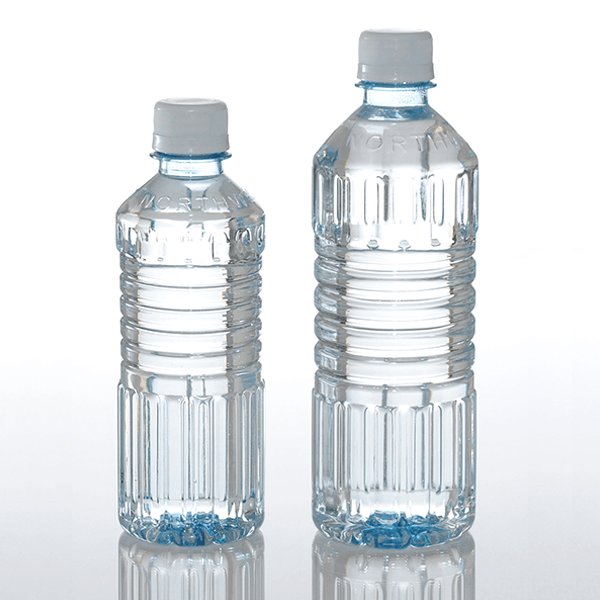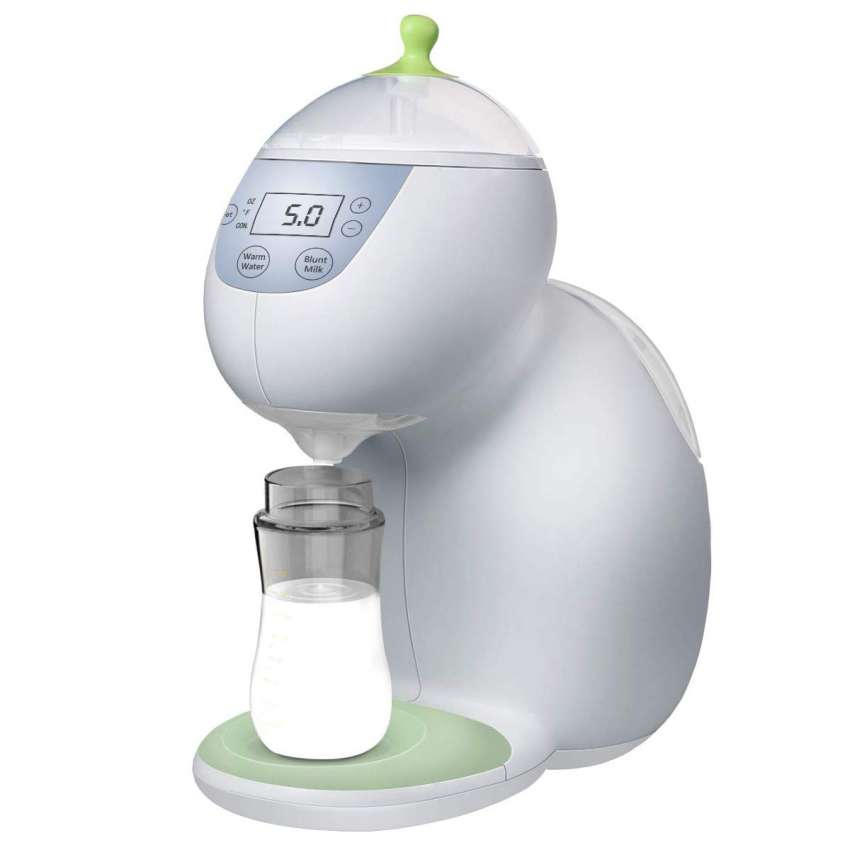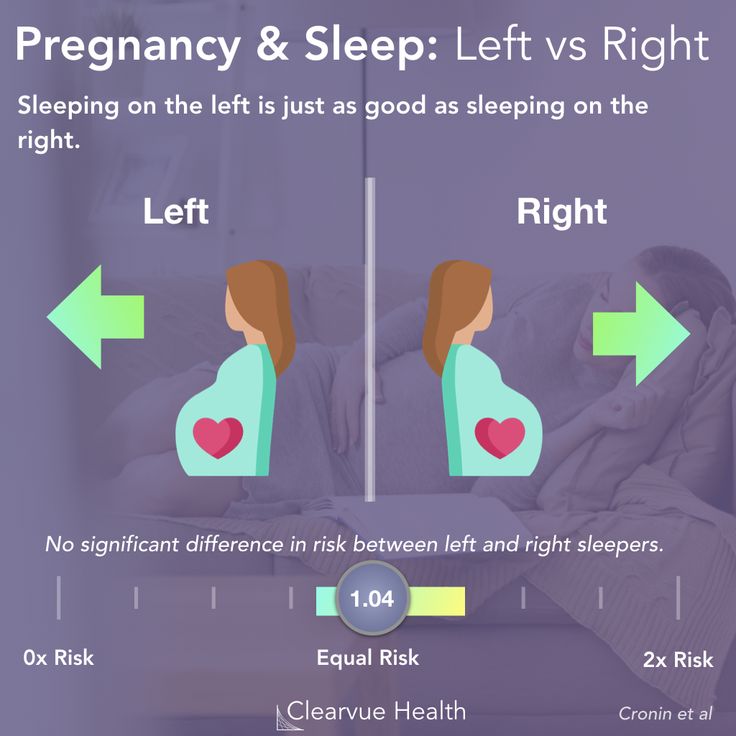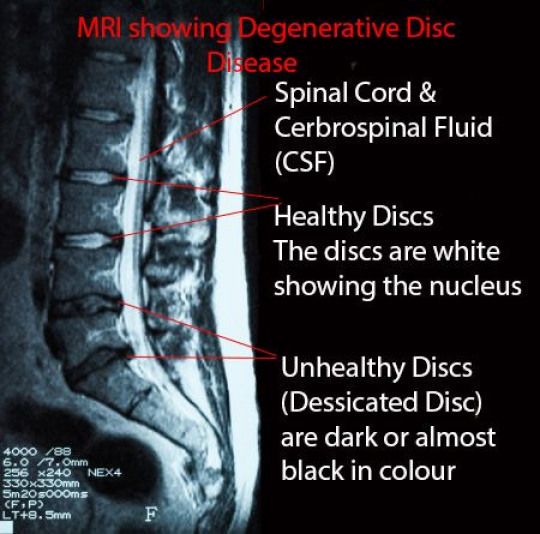Folate versus folic acid
Folic Acid vs. Folate — What’s the Difference?
We include products we think are useful for our readers. If you buy through links on this page, we may earn a small commission. Here’s our process.
Folate and folic acid are different forms of vitamin B9.
While there’s a distinct difference between the two, their names are often used interchangeably.
In fact, there’s even a lot of confusion among professionals about folic acid and folate.
This article explains the difference between folic acid and folate.
Vitamin B9 is an essential nutrient that naturally occurs as folate.
It serves many important functions in your body. For example, it plays a crucial role in cell growth and DNA formation (1).
Low levels of vitamin B9 are associated with an increased risk of several health conditions, including:
- Elevated homocysteine. High homocysteine levels have been associated with an increased risk of heart disease and stroke (2).
- Birth defects. Low folate levels in pregnant women have been linked to birth abnormalities, such as neural tube defects (3).
- Cancer risk. Poor levels of folate are also linked to increased cancer risk, though higher levels of folate have also been linked with a higher risk of prostate cancer. More research is needed in this area (4, 5).
For these reasons, supplementing with vitamin B9 is common. Fortifying food with this nutrient is mandatory in many countries, including the United States and Canada.
SummaryVitamin B9 is an essential nutrient that’s mainly present as folate and folic acid. It’s commonly taken in supplement form and even added to processed food in North America.
Folate is the naturally occurring form of vitamin B9.
Its name is derived from the Latin word “folium,” which means leaf. In fact, leafy vegetables are among the best dietary sources of folate.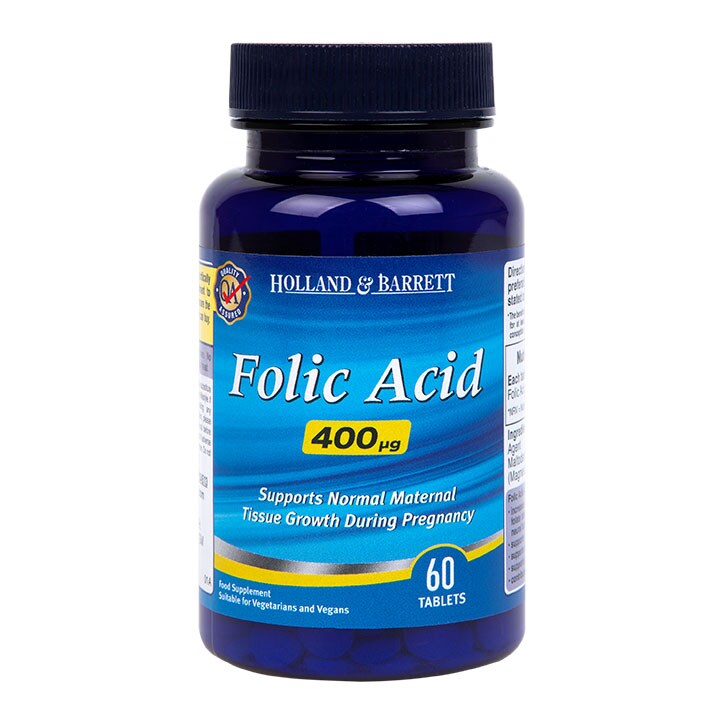
Folate is a generic name for a group of related compounds with similar nutritional properties.
The active form of vitamin B9 is a type of folate known as levomefolic acid or 5-methyltetrahydrofolate (5-MTHF).
In your digestive system, most dietary folate is converted into 5-MTHF before entering your bloodstream (6).
SummaryFolate is the naturally occurring form of vitamin B9. Before entering your bloodstream, your digestive system converts it to the biologically active form of vitamin B9 — 5-MTHF.
Folic acid is a synthetic form of vitamin B9 that’s also known as pteroylmonoglutamic acid.
It’s used in supplements and added to processed food products, such as flour and breakfast cereals.
Unlike folate, not all of the folic acid you consume is converted into the active form of vitamin B9 — 5-MTHF — in your digestive system. Instead, it needs to be converted in your liver or other tissues (6).
Yet, this process is slow and inefficient in some people. After taking a folic acid supplement, it takes time for your body to convert all of it to 5-MTHF (7).
After taking a folic acid supplement, it takes time for your body to convert all of it to 5-MTHF (7).
Even a small dose, such as 200 to 400 mcg per day, may not be completely metabolized until the next dose is taken. This problem may become worse when fortified foods are consumed in addition to taking folic acid supplements (8, 9).
As a result, unmetabolized folic acid is commonly detected in people’s bloodstreams, even in the fasted state (10, 11, 12).
This is a cause for concern, as high levels of unmetabolized folic acid have been associated with several health problems.
However, one study suggests that taking folic acid along with other B vitamins, particularly vitamin B6, makes the conversion more efficient (11).
SummaryFolic acid is a synthetic form of vitamin B9. Your body does not convert it into active vitamin B9 very well, so unmetabolized folic acid may build up in your bloodstream.
Several studies indicate that chronically elevated levels of unmetabolized folic acid may have adverse health effects, including increased cancer risk.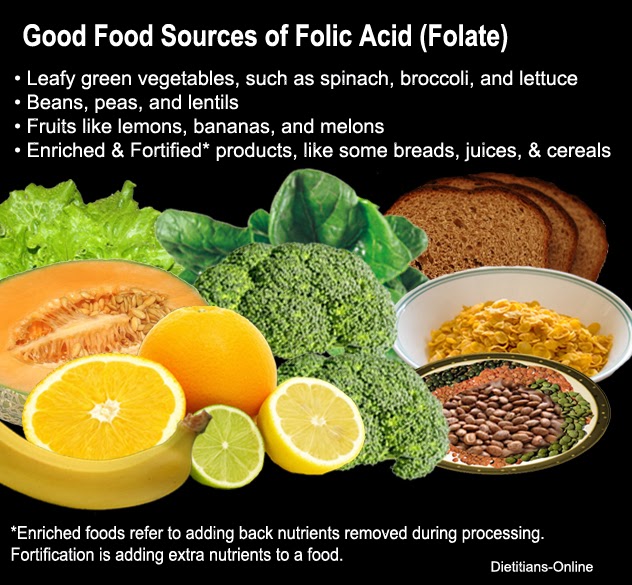
High levels of unmetabolized folic acid have been associated with increased cancer risk, though some studies disagree. No conclusive evidence proves that unmetabolized folic acid plays a direct role (13, 14, 15).
Even a small, daily dose of 400 mcg may cause unmetabolized folic acid to build up in your bloodstream (9, 16).
Although high folic acid intake is a concern, the health implications are unclear, and further studies are needed.
SummaryResearchers are concerned that high levels of unmetabolized folic acid may negatively affect health, but more studies are needed before any strong conclusions can be reached.
It’s best to get vitamin B9 from whole foods.
High-folate foods include:
- asparagus
- avocados
- Brussels sprouts
- leafy greens like spinach and lettuce
However, for some people, such as those who are pregnant, supplements are an easy way to ensure adequate vitamin B9 intake.
Folic acid is the most common supplemental form of vitamin B9. It can be purchased at many drug stores, as well as online.
Other supplements contain 5-MTHF, which is considered an adequate alternative to folic acid (17).
Supplemental 5-MTHF is available in the form of levomefolate calcium or levomefolate magnesium. It’s sold under the brand names Metafolin, Deplin, and Enlyte, and it’s available online.
SummaryThe healthiest dietary sources of vitamin B9 are whole foods, such as leafy green vegetables. If you need to take supplements, methyl folate is a good alternative to folic acid.
Folate is the natural form of vitamin B9 in food, while folic acid is a synthetic form.
High intake of folic acid may lead to increased blood levels of unmetabolized folic acid. Some researchers speculate that this may have adverse health effects over time, but further studies are needed before solid conclusions can be reached.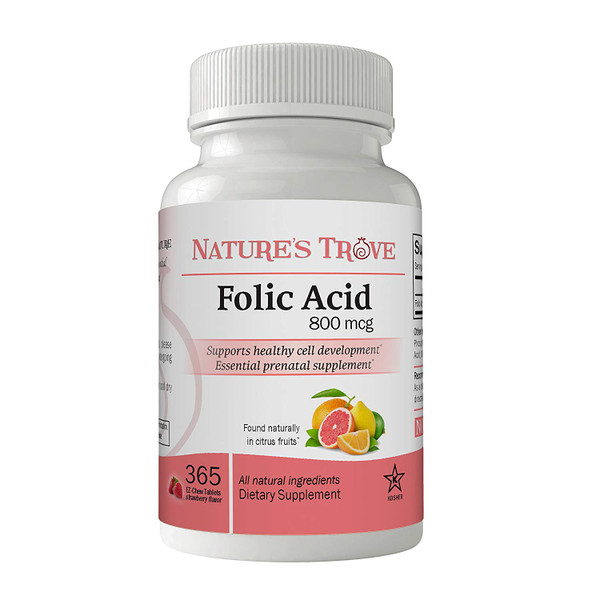
Alternatives to folic acid supplements include 5-MTHF (levomefolate) or whole foods, such as leafy greens.
Folic Acid and Pregnancy: How Much You’ll Need
Folic acid is a B vitamin found in many supplements and fortified foods. It’s the synthetic form of folate. Folic acid is used by your body to make new cells and produce DNA. It’s required for normal growth and development throughout your life.
Taking folic acid is particularly vital before and during pregnancy. It’s important for the proper organ development of a developing baby.
Research shows that taking folic acid before you get pregnant may help prevent birth defects including serious neural tube defects such as spina bifida, encephalocele (rarely), and anencephaly.
Approximately 3,000 babies are born with neural tube defects in the United States each year. Normally, the neural tube develops into the spinal cord and brain by 28 days after conception.
If the neural tube doesn’t close properly, neural tube defects occur.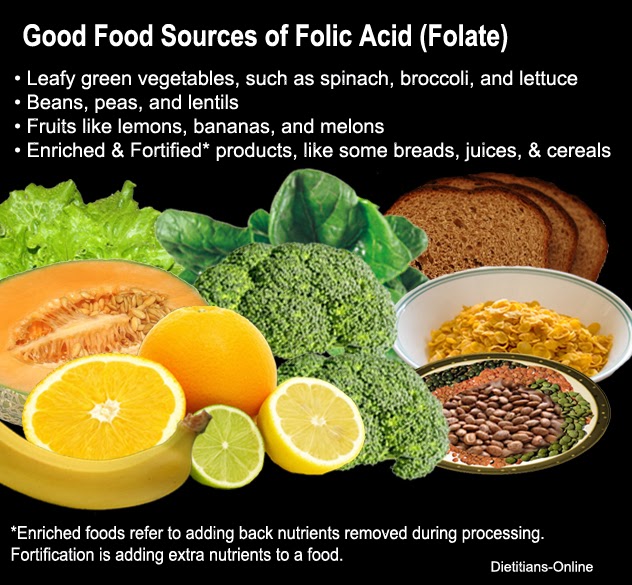 Anencephaly is a condition in which the brain doesn’t develop properly. Babies born with anencephaly cannot survive.
Anencephaly is a condition in which the brain doesn’t develop properly. Babies born with anencephaly cannot survive.
Babies born with spina bifida or encephalocele may face multiple surgeries, paralysis, and long-term disability.
According to a 2015 review of studies, maternal folic acid supplementation significantly decreases the risk of congenital heart defects. These defects occur in 8 out of every 1,000 births in the United States.
According to the American Heart Association, congenital heart defects happen when the heart or blood vessels don’t grow normally before birth. They may impact the interior walls of the heart, the heart valves, or the arteries and veins of the heart.
Research also shows folic acid supplementation in early pregnancy may help prevent cleft lip and cleft palate.
These birth defects occur if parts of the mouth and lip do not merge together properly during the first 6 to 10 weeks of pregnancy. One or more surgeries are usually needed to correct the condition.
All pregnant women should take get at least 600 micrograms (mcg) of folic acid daily, according to The American College of Obstetricians and Gynecologists. Most prenatal vitamins contain this amount of folic acid.
Taking folic acid after you discover you’re pregnant may not be soon enough. Many women don’t realize they’re pregnant until 6 weeks or more after conception. Neural tube defects occur during the first month of pregnancy, often before you realize you’re pregnant.
To make sure you have enough folic acid in your body to prevent neural tube defects, the CDC recommends women who plan to become pregnant or who are of childbearing age take 400 mcg of folic acid daily.
If you’ve already given birth to a child with a neural tube defect, you may need higher doses of folic acid in the months leading up to your next pregnancy and during the first few months of pregnancy. Your doctor can advise you on the right dose.
You may also need higher doses of folic acid if you:
- have kidney disease and are on dialysis
- have sickle cell disease
- have liver disease
- drink more than one alcoholic beverage daily
- take medications to treat epilepsy, type 2 diabetes, lupus, psoriasis, rheumatoid arthritis, asthma, or inflammatory bowel disease
Natural folate is found in many foods including leafy greens, beets, and broccoli.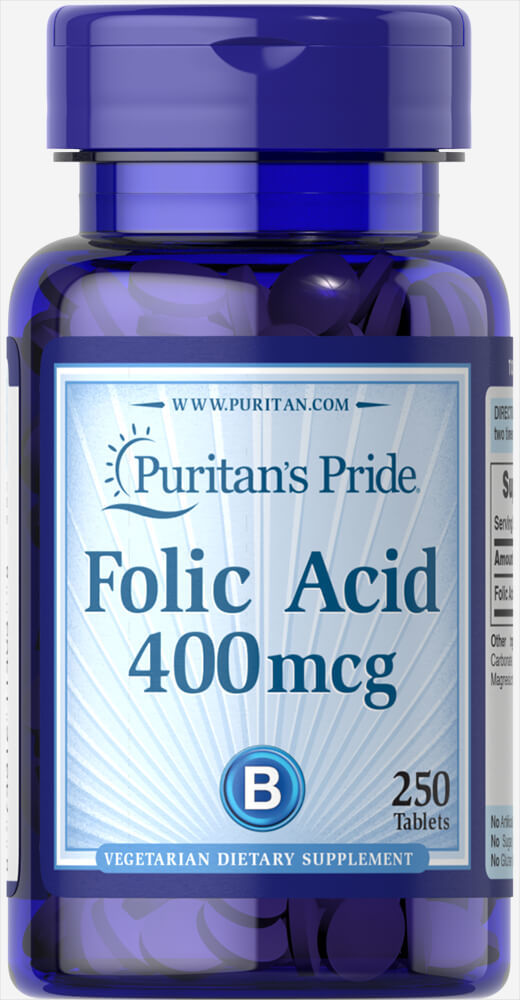 Some foods in the United States are fortified with folic acid. These include:
Some foods in the United States are fortified with folic acid. These include:
- cereals
- rice
- orange juice
- pasta
Many servings of fortified breakfast cereals contain 100 percent of the folic acid you need. Even so, it may be hard to know exactly how much you’re getting unless you track the amounts of folate and folic acid in everything you eat.
There’s no guarantee that you will get enough folic acid from food alone, so a supplement is important.
If you have morning sickness in early pregnancy, it may be difficult to eat enough fortified foods to get the folic acid you need.
To make sure you get enough folic acid, doctors will usually recommend taking a folic acid supplement or a prenatal vitamin that contains folic acid before and during pregnancy.
You can’t get too much natural folate from foods. However, you should not consume more than 1,000 mcg (1 mg) of folic acid (from vitamins, fortified foods, or a combination of both) daily.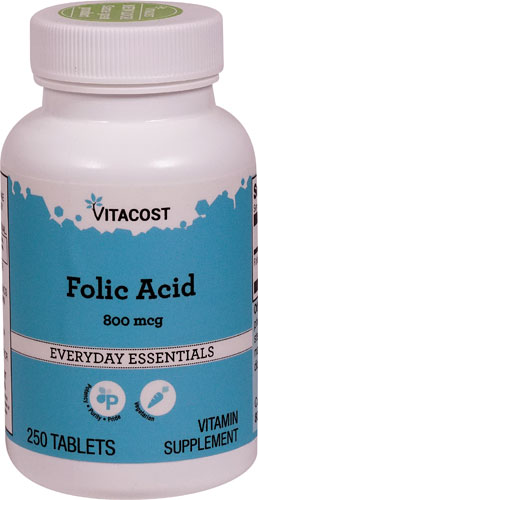
There’s no way to prevent all birth defects with 100 percent certainty. Taking adequate amounts of folic acid before and during pregnancy may help decrease your risk of:
- neural tube defects
- congenital heart defects
- cleft palate
- cleft lip
If pregnancy is in your future, consider adding a prenatal vitamin to your daily routine. Prenatal vitamins are available in capsule, tablet, and chewable forms. To avoid stomach upset, take prenatal vitamins with food.
Always talk to your doctor about taking the correct dose of prenatal vitamin because taking too many supplements can be toxic for your baby-to-be.
You should also add foods fortified with folic acid to your diet. Don’t wait until you find out you’re pregnant to get serious about folic acid. By then, it may be too late. Talk to your doctor to determine the right amount of folic acid you’ll need.
Folic Acid - Everything You Need to Know
Folic acid is a synthetic form of folate, a water-soluble vitamin also known as vitamin B9. This acid does not occur naturally in foods, but is often added to refined grains such as breads and cereals and is also found in vitamin and mineral dietary supplements. Since folic acid is different from natural folate, it must be converted to the active form of vitamin B9 before the body can use it.(5-MTHF). This process takes place in four stages, each of which requires several enzymes. One such enzyme is the MTHFR (methylenetetrahydrofolate reductase) enzyme. Some people have genetic mutations that reduce the effectiveness of MTHFR, which can lead to a buildup of folic acid in the blood. The accumulation of folic acid in the blood has been linked to negative health effects, including impaired immune function, decreased brain function, and accelerated cancer cell growth. Thus, the rate of conversion of folic acid into an active form is genetically determined and individual for each.
Folic acid is one of the most widely discussed topics in modern nutritional research.
The natural form of vitamin B9 is folate. Foods rich in folate include legumes, asparagus, artichokes, eggs, green leafy vegetables (spinach, arugula, kale), beets, citrus fruits, Brussels sprouts, broccoli, nuts and seeds, beef liver, wheat germ, papayas, bananas, avocados .
However, studies show that most people do not get enough dietary folate to meet their needs, which is why many countries, including the US and Canada, are fortifying refined grains such as white flour, bread, and folic acid. and cereals. Food fortification, for example in the US, has increased folic acid intake by 28% and reduced the rate of folate deficiency in the population (measured by the amount of folate in red blood cells) from 39% to less than 4%.
The specified physiological requirement for vitamin B9 for adults is 400 micrograms per day (pregnant women need 600 micrograms per day), for children - 50-400 micrograms per day. The upper tolerable intake level is 1000 micrograms per day.
Adequate levels of vitamin B9 are associated primarily with the prevention of neural tube defects. Low levels of folic acid in the first weeks of pregnancy lead to malformations of the brain, spinal cord and/or spine. Since up to 90% of women do not get enough vitamin B9, all women of reproductive age are advised to take at least 400 micrograms of additional folate per day. Many dietary supplements intended for pregnant women contain folic acid, but it is better to use special dietary supplements containing methylfolate (5-MTHF), since this active form of vitamin B9 can be used by the body without additional transformations.
A high intake of folic acid is known to protect against certain types of cancer, including breast, colon, lung, and pancreatic cancer. This is most likely due to the role of folate in gene expression. Some researchers believe that low folate levels may increase the risk of abnormal cell growth.
Low levels of folate also contribute to the formation of unstable and easily degradable DNA, which can increase the risk of cancer.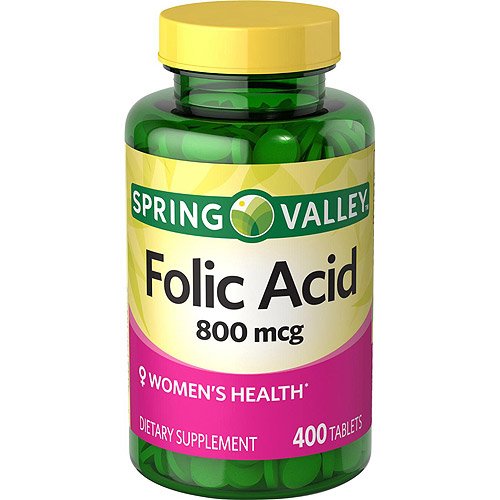
However, for people with pre-existing cancer, there is some evidence that high folic acid intake (from dietary supplements, but not from foods) may contribute to the growth of certain types of tumors.
Adequate folate levels help reduce homocysteine, which has been linked to cardiovascular disease.
Folate helps convert homocysteine to methionine. With a lack of folate, homocysteine levels rise. Studies have shown that daily intake of folic acid can reduce homocysteine levels by 25%.
Severe vitamin B9 deficiency is uncommon, especially in countries where folate fortification has been established. However, people with inflammatory bowel disease, smokers, and people who abuse alcohol may suffer from folate deficiency.
Signs and symptoms of folic acid deficiency include:
increased blood homocysteine levels, megaloblastic anemia (anemia with large red blood cells), fatigue, weakness, irritability, shortness of breath. Keep in mind that megaloblastic anemia can be both a sign of folate deficiency and a sign of vitamin B12 deficiency.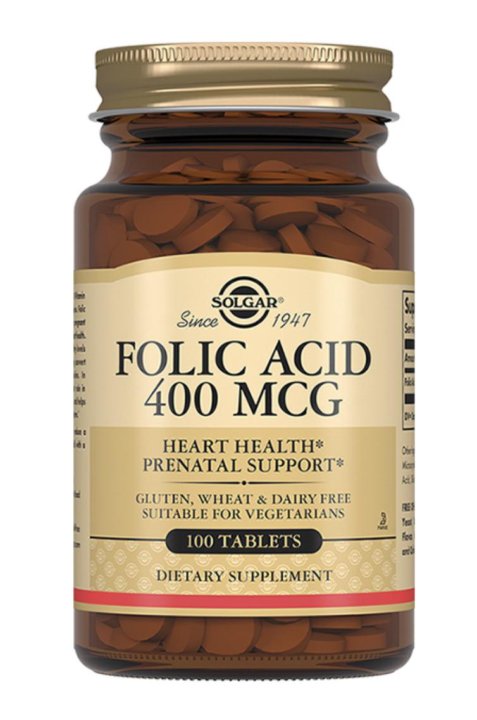 In this condition, folic acid supplementation can cure anemia without correcting vitamin B12 deficiency, which in turn can lead to neuropathy.
In this condition, folic acid supplementation can cure anemia without correcting vitamin B12 deficiency, which in turn can lead to neuropathy.
If you want to supplement your diet with folate by using folate-rich foods or folic acid supplements, be sure to check with your doctor first.
Source: https://www.healthline.com/nutrition/
What is folic acid and why it is useful: 6 scientific facts
January 19, 2022 read 7-10 minutes
Folic acid is an essential vitamin for expectant mothers. It is important for heart health, helps in cancer prevention, and promotes brain health. We figure out what else is useful for vitamin B9and what products contain it.
In the middle of the 20th century, American biochemists struggled with the secret of a substance that helps pregnant women with megaloblastic anemia. In 1941 they succeeded in obtaining folic acid from spinach leaves, and by 1945 they were able to synthesize it chemically.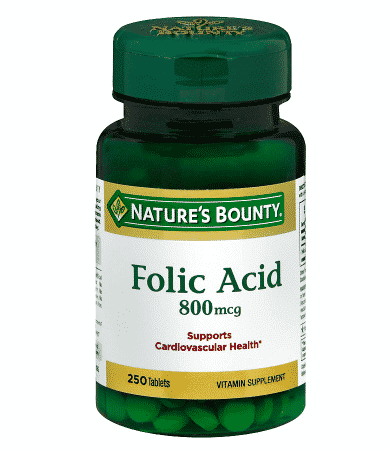
The material was commented by Maria Volchenkova, a nutritionist at Best Doctor, a clinical psychologist, a member of the Russian Union of Nutritionists, Nutritionists and Food Industry Specialists, an expert in working with DNA tests.
What is folic acid
Folic acid is a water-soluble analogue of vitamin B9 created by scientists, essential for the proper development of the circulatory and immune systems. In 1931, the existence of an unknown substance that helps pregnant women overcome megaloblastic anemia was reported by doctor and researcher Lucy Wills. She noticed that her patients get better after taking the yeast extract.
Only ten years later, scientists were able to establish that this substance was folate, and remove it from spinach leaves. And for the first time it took 4 tons of plants. The drug was called folic acid - from the Latin word folium (leaf). K 19In 1945, they learned how to synthesize it chemically.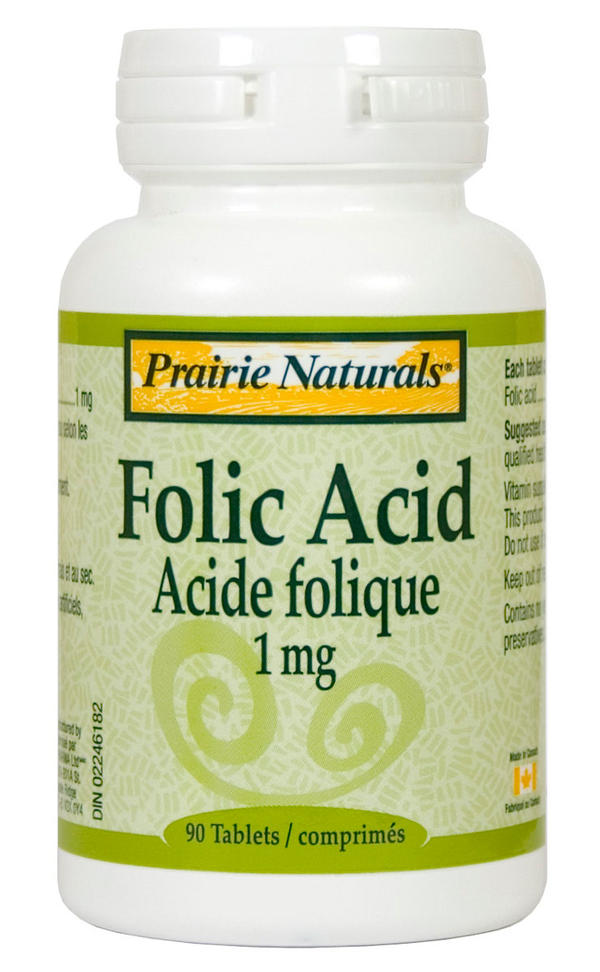
Folic acid and all its derivatives are classified as folates. However, there are some differences between the artificial vitamin and B9 found in foods in how they are absorbed and act on the body.
Folate is found in beans, broccoli, leafy vegetables, eggs, beef liver, etc. Remember: the more processed the products are, the less useful substances remain in them. Folic acid supplements are not necessary if a person leads a healthy lifestyle and eats a balanced diet.
What is folic acid good for
We store most of our folate stores in the liver, and the rest in the blood and tissues. This substance is critical for a wide range of functions in the body:
- production and health maintenance of new cells;
- DNA replication process;
- cell division;
- metabolism of nucleic and amino acids;
- maturation of erythrocytes.
Folate deficiency is associated with an increased risk of megaloblastic anemia and heart disease.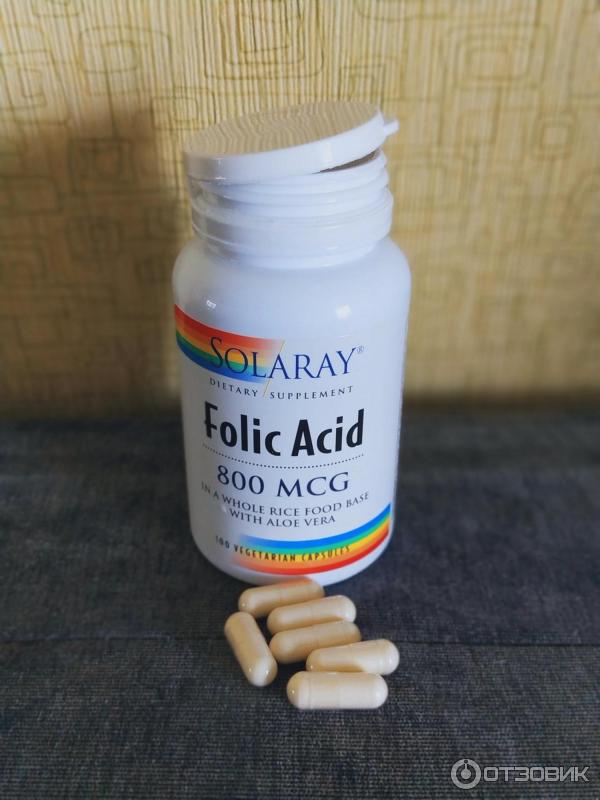 Lack of vitamin B9 in pregnant women can lead to various developmental disorders of the child.
Lack of vitamin B9 in pregnant women can lead to various developmental disorders of the child.
Almost half of vitamin B9 is lost during cooking
Folic acid dosage
Synthetic folic acid is almost completely absorbed by the body, while folate, which a person receives from foods, is absorbed by about 50%.
Recommended intake for folate:
- Birth to 6 months: 65 mcg/day
- Up to 1 year: 80 mcg/day
- 1-3 years: 150 mcg/day
- 4-8 years: 200 mcg/day
- 9-13: 300 mcg/day
- From 14 years: 400 mcg/day
- Pregnant women (with an uncomplicated obstetric history): 400-600 mcg/day
- Nursing mothers: 500 mcg/day.
Although cases of folic acid overdose are extremely rare, its excess can lead to a number of negative health effects. The daily intake of folate should not exceed 1000 mcg/day.
Benefits of folic acid
Since its discovery, folic acid has been considered primarily a "female vitamin".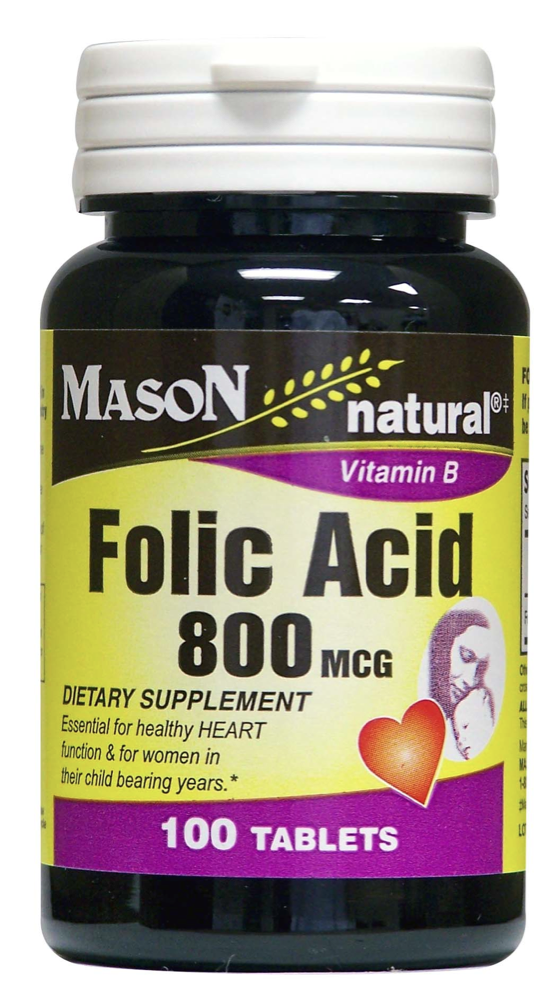 It plays an important role in the maturation of eggs, the normalization of the menstrual cycle, and the development of the fetus. However, further medical research has shown that this substance has many beneficial properties for all.
It plays an important role in the maturation of eggs, the normalization of the menstrual cycle, and the development of the fetus. However, further medical research has shown that this substance has many beneficial properties for all.
May prevent pregnancy complications
A sufficient amount of folate in the body of the expectant mother is important for the quality of eggs, their implantation and maturation of the fetus. Often, folic acid supplements are prescribed to pregnant women to prevent birth defects in the development of the child, as well as complications associated with pregnancy, in particular preeclampsia. In addition, high levels of vitamin B9 in the body are associated with a lower risk of preterm birth.
Helps control blood sugar levels
Folic acid can reduce the likelihood of spikes in blood sugar levels and increase the sensitivity of body cells to insulin. A folate-rich diet may reduce the risk of diabetic complications, including neuropathy.
Helps prevent cancer
In the late 1980s, evidence emerged that a diet based on green leafy foods rich in folate, fiber, calcium, magnesium, and other nutrients could prevent colon cancer. In those years, the concept of "folic anti-cancer diet" became popular.
A diet rich in foods rich in vitamins B9, B6 and B12 reduces the risk of breast cancer. Also, with the help of folate, you can slow down the process of tumor growth if it has already appeared.
You can read the continuation of the article at the link to RBC Style.
Obstetrician-gynecologist Gynecologist
Source RBC Style
Related Articles
All the most important things about IVF
Several tens of thousands of children are born every year thanks to the IVF procedure. This is a real salvation for people with problems of the reproductive system.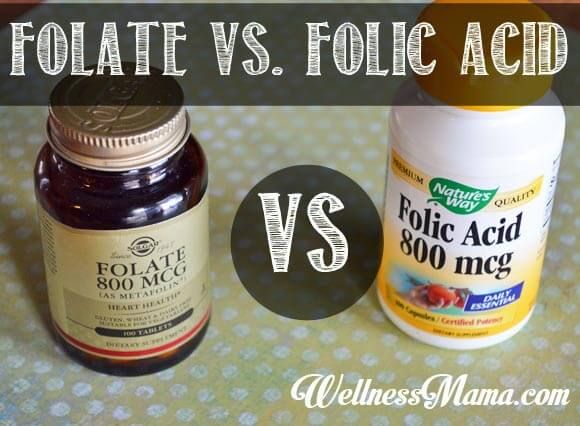 However, there are many myths around this topic, and the procedure itself seems very complicated. Questions about IVF are answered by an expert - reproductologist Shamugiya Nato Livterovna. The text is not complete. You can read the entire article at the Pharmacy of the capital, the club "I am a mother"
However, there are many myths around this topic, and the procedure itself seems very complicated. Questions about IVF are answered by an expert - reproductologist Shamugiya Nato Livterovna. The text is not complete. You can read the entire article at the Pharmacy of the capital, the club "I am a mother"
What causes chest and chest pain
Most people have experienced chest or chest pain at least once. Rambler learned from Lummer Kirill Borisovich why this happens and in which case pain can be a sign of a serious illness. You can read the entire article on Rambler Doctor.
Read article
How can a future mother make sure that her baby is developing well? Guide
How can a future mother make sure that her baby grows and develops well, and nothing will overshadow the upcoming birthday?
Read article
Diagnostic programs and research at the Center for Prenatal Diagnostics and Genetics GMS Clinic
Diagnostic programs and studies conducted by the Center for Prenatal Diagnostics and Genetics GMS Clinic on Sadovnicheskaya "Center for Women's and Family Health".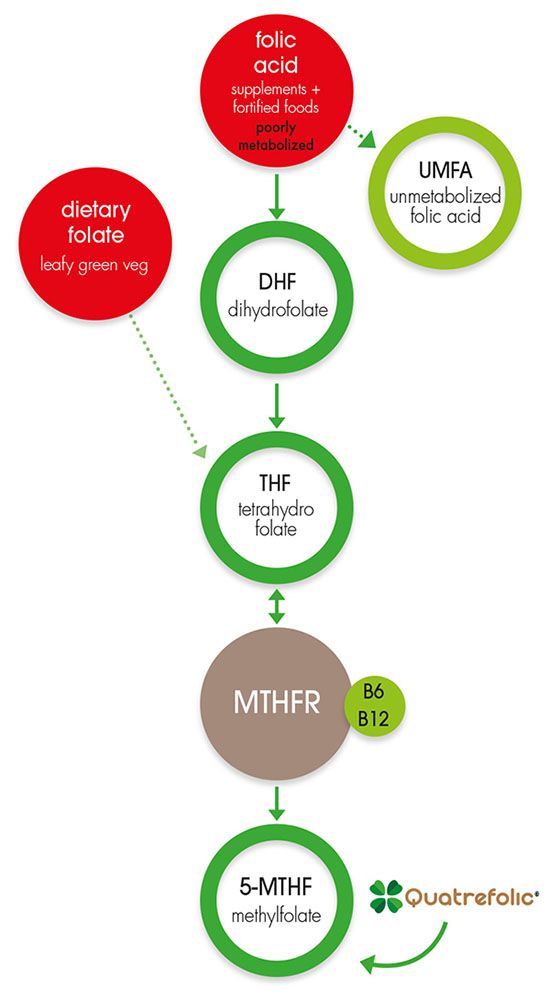
Comprehensive ultrasound support for pregnancy
Prenatal (prenatal) diagnosis is a set of measures aimed at identifying a number of possible problems associated with pregnancy
.
Read article
Screening or NIPT?
What to prefer when choosing a method for early diagnosis of anomalies in the development of pregnancy - ultrasound and a biochemical blood test as part of prenatal screening or a non-invasive prenatal test?
Read articleOther articles by this author
From distasis to hernia: what happens to the body after childbirth
Physiology of pregnancy and methods of rehabilitation.
Read article
One answer to seven troubles: polycystic ovary syndrome signs point to one serious problem: polycystic ovary syndrome.


